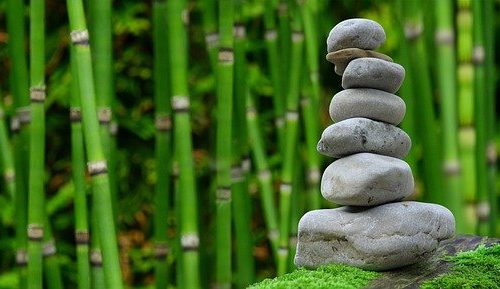In our first installment of our Sleep Health Guide, we spoke about the prevalence of insomnia, and provided tips to remedy this affliction. Unfortunately, research has shown that snoring and sleep apnea occur at equally prevailing rates. According to a study conducted by the American Academy of Otolaryngology, almost half of all Americans will snore on an occasional basis, and a whopping 1 in 4 Americans experience chronic snoring. The truth is that sleep apnea can be extremely debilitating, and is likely to invite a host of issues in terms of quality and length of sleep. It doesn’t stop there, though: sleep apnea not only serves as a disruption to quality sleep, but also spills into our daytime routine. Inadequate sleep leads to brain fog, drowsiness, difficulty performing tasks, and can negatively impact our mental health. When journeying the road to being our best selves, a good night’s sleep is key. In this installment of our Sleep Health Guide series, we will be discussing this condition and demonstrating exactly how yoga can combat sleep apnea.
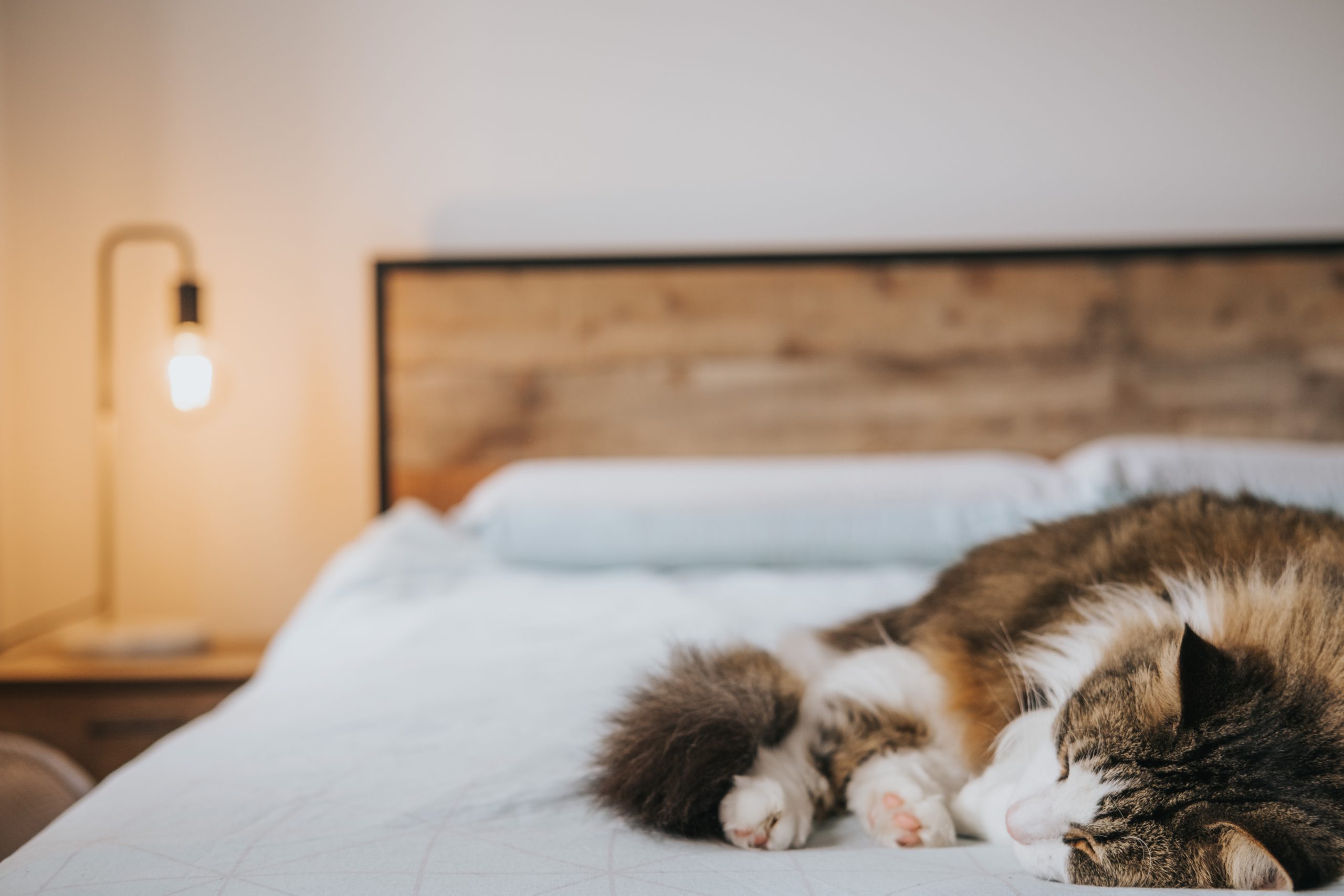
What is sleep apnea, anyway?
Obstructive sleep apnea (OSA) is a sleep disorder that causes abnormal breathing during sleep. This condition can be characterized by a number of symptoms, including, but not limited to:
- snoring
- frequent interruptions throughout sleep cycle
- insomnia
- daytime drowsiness
- observed pausing of breath during sleep (ranging from a few seconds to up to a minute)
- shortness of breath/gasping or choking while sleeping
- high blood pressure
These symptoms essentially strike when the muscles in the throat are too relaxed. This creates an obstructed airway, leading to inadequate oxygen intake and excess carbon dioxide buildup. When this occurs, the brain usually alerts itself and nudges the body out of sleep in order to compensate for the effects of impaired breathing. These awakenings are usually very short and abrupt, so much so that many sufferers don’t even recall the disruptions. Physicians believe that this unawareness is a major reason that sleep apnea often goes undiagnosed and untreated.
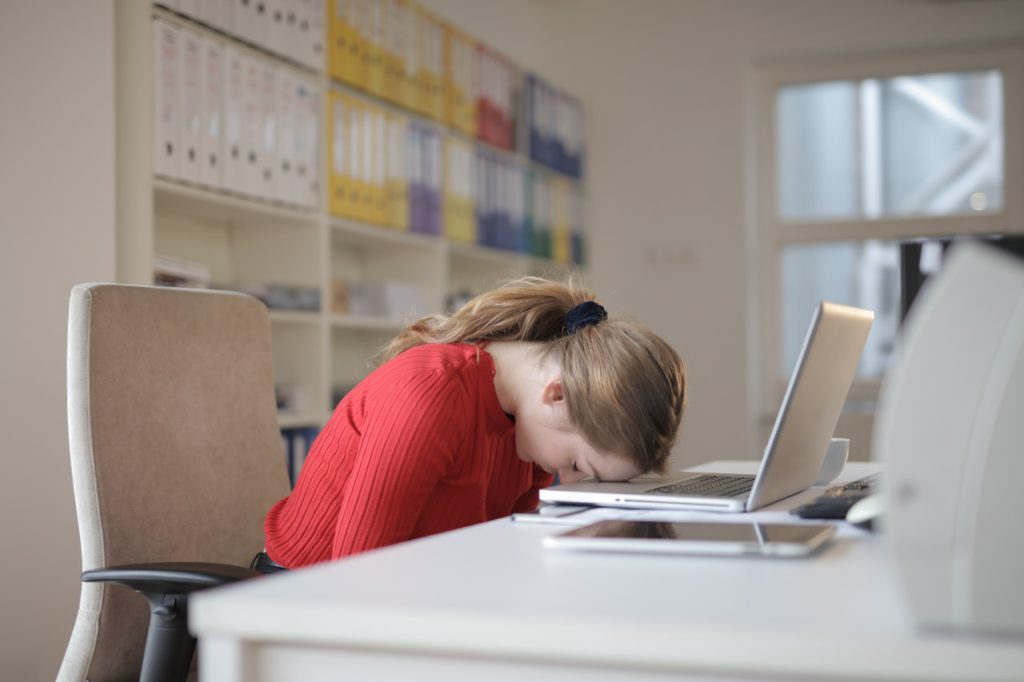
Does everyone who snores suffer from sleep apnea?
The short answer is no. That being said, it’s important to distinguish the difference between snoring and sleep apnea. Snoring is not an affirmative indication of sleep apnea, meaning that a snorer does not necessarily suffer from OSA. On the other hand, most people who have been diagnosed with sleep apnea will list snoring as a primary symptom, though this is not always the case.
Potential Consequences of Sleep Apnea
Unfortunately, the long-term occurrence of sleep apnea can lead to severe complications, which may include:
- Cardiovascular complications: a steep decrease in blood oxygen levels during sleep can lead to various cardiovascular issues. High blood pressure is common among sleep apnea patients, though heart attacks and heart disease are also potential consequences.
- Mental health: it’s not surprising that lack of sleep can generate feelings of frustration, anxiety, annoyance, and melancholy. Oftentimes, sleep apnea sufferers will develop anxiety or depression.
- Eye conditions: some sleep experts have drawn a correlation between OSA and declining eye health. It is believed that sleep apnea may cause various eye conditions, including glaucoma.
How can yoga combat sleep apnea?
Although sleep apnea is a quite common condition, many sufferers have extreme difficulty finding effective remedies. Yoga has been touted as a great tool for the induction of relaxation, stress management, and of course, sleep. When applying the practice of yoga as a means to combat sleep apnea, one of the crucial factors is breath work. Certain types of yoga place great focus on breathing techniques that can even translate into our unconscious states. Sleep apnea symptoms occur subsequent to an obstructed airway, but learning healthy breathing techniques can bolster and strengthen our upper airway muscles. Healthy and consistent breath work can reduce and confine the instances in which our airways will narrow or close throughout the night.
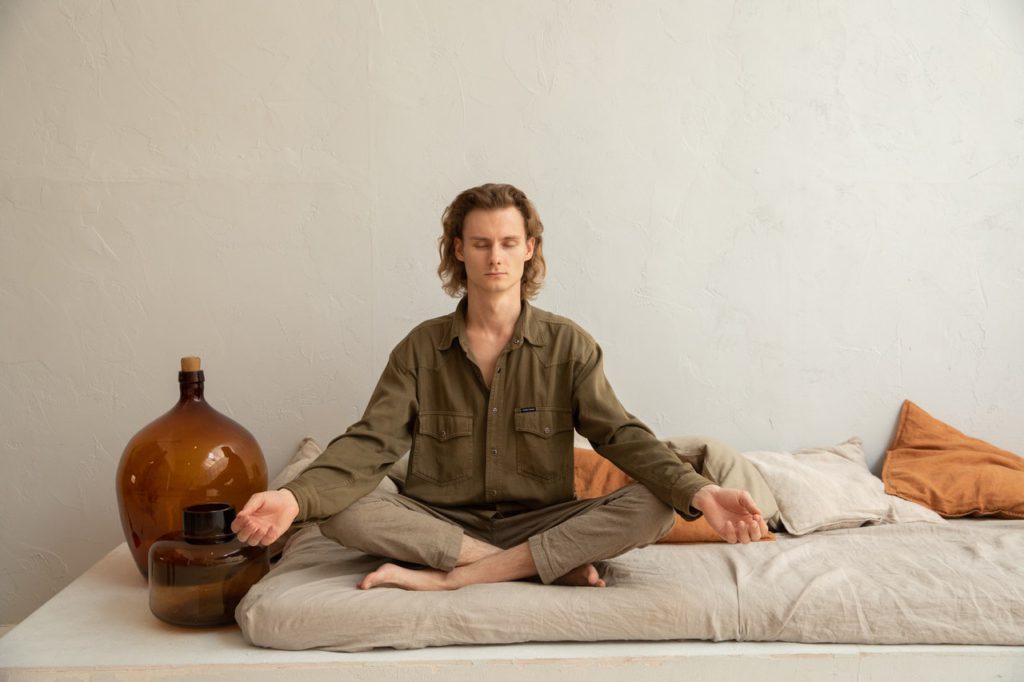
One of the most common and fundamental breathing techniques taught in yoga is called Ujjayi Breath. Diligently practicing the Ujjayi breathing technique can benefit sleep apnea sufferers greatly by increasing oxygen blood levels, relieving physical and emotional tension, and regulating blood pressure levels.
To practice Ujjayi Breath, you can follow these simple steps:
- Begin by closing your mouth. This will be maintained for the duration of this breathing exercise, as you will be breathing strictly through your nostrils.
- Practice constricting your throat.
- With your mouth closed, take a deep inhalation through your nose. As you exhale, allow the breath to exit through your nostrils, all while keeping your throat constricted. If you’re not sure whether you’re doing this correctly, a good indicator of accuracy is to achieve a breathing sound akin to ocean waves hitting the shore. The Ujjayi Breath sounds are also often compared to discernible Darth Vader breathing noises.
Though Ujjayi Breath is fundamental to yoga practices, it can be challenging to master. With ample practice, Ujjayi breath work can become second nature and gradually work its way into healthy, regulated breathing as you sleep.
Apart from breathing exercises, the bodily aspects of yoga can also serve as an effective remedy for sleep apnea. Research has reflected the notion that yoga can induce sleep, extend the duration of rest, and improve overall quality of sleep. In a study conducted to gauge the health-related effects of yoga, it was reported that the majority of participants experienced better-quality sleep after practicing yoga for a period of time. Listed below are a few yoga poses that be implemented into your bedtime routine and facilitate a good night’s rest:
- Cat-Cow Pose
- Reclined Butterfly Pose
- Corpse Pose
- Supine Spinal Twist
- Plow Pose
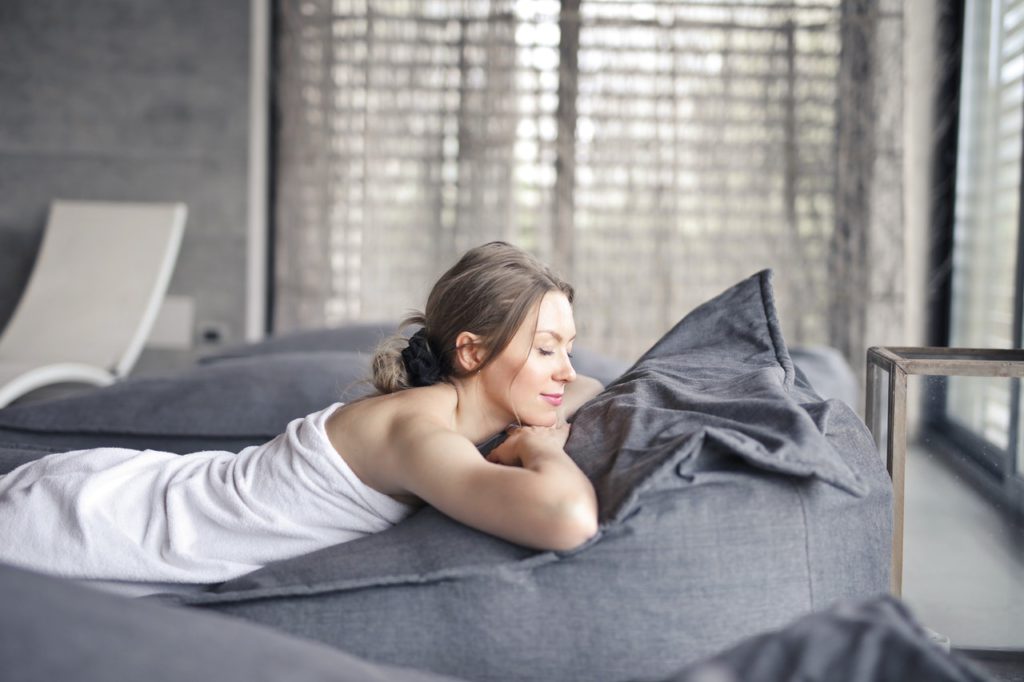
It is important to note that if your sleep apnea is severe, you should see your physician for individualized advice. For many, it can be incredibly challenging to find a remedy that works, so we hope that these tips will provide you with some relief and quality shut-eye. To all the night owls in our midst: stay tuned for the next installment of our Sleep Health Guide series! For more resources, we welcome you to check out MixPose and join a live yoga class to see what all the hubbub is about!

